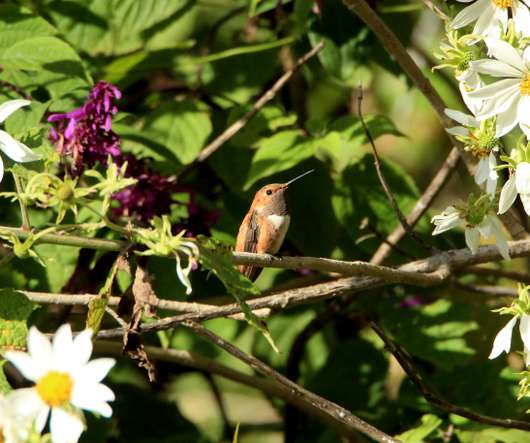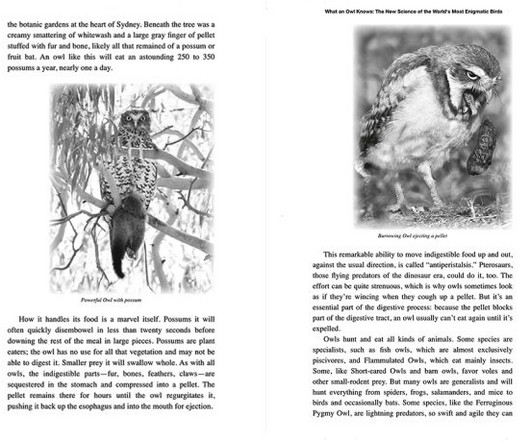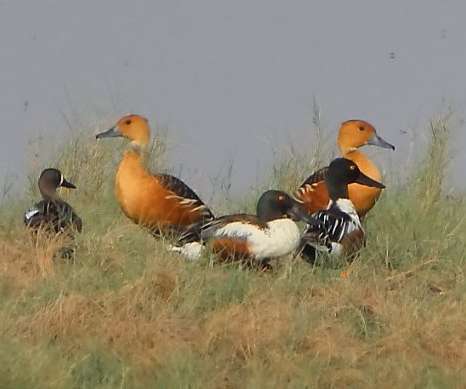What is the State Bird of Alaska?
10,000 Birds
APRIL 5, 2016
In 1955 – before Alaska was a state – the Territory’s leaders in charge of drafting a constitution allowed schoolchildren to choose what would eventually become the state bird. The Willow Ptarmigan was officially designated in 1960, when Alaska entered the union.




















Let's personalize your content